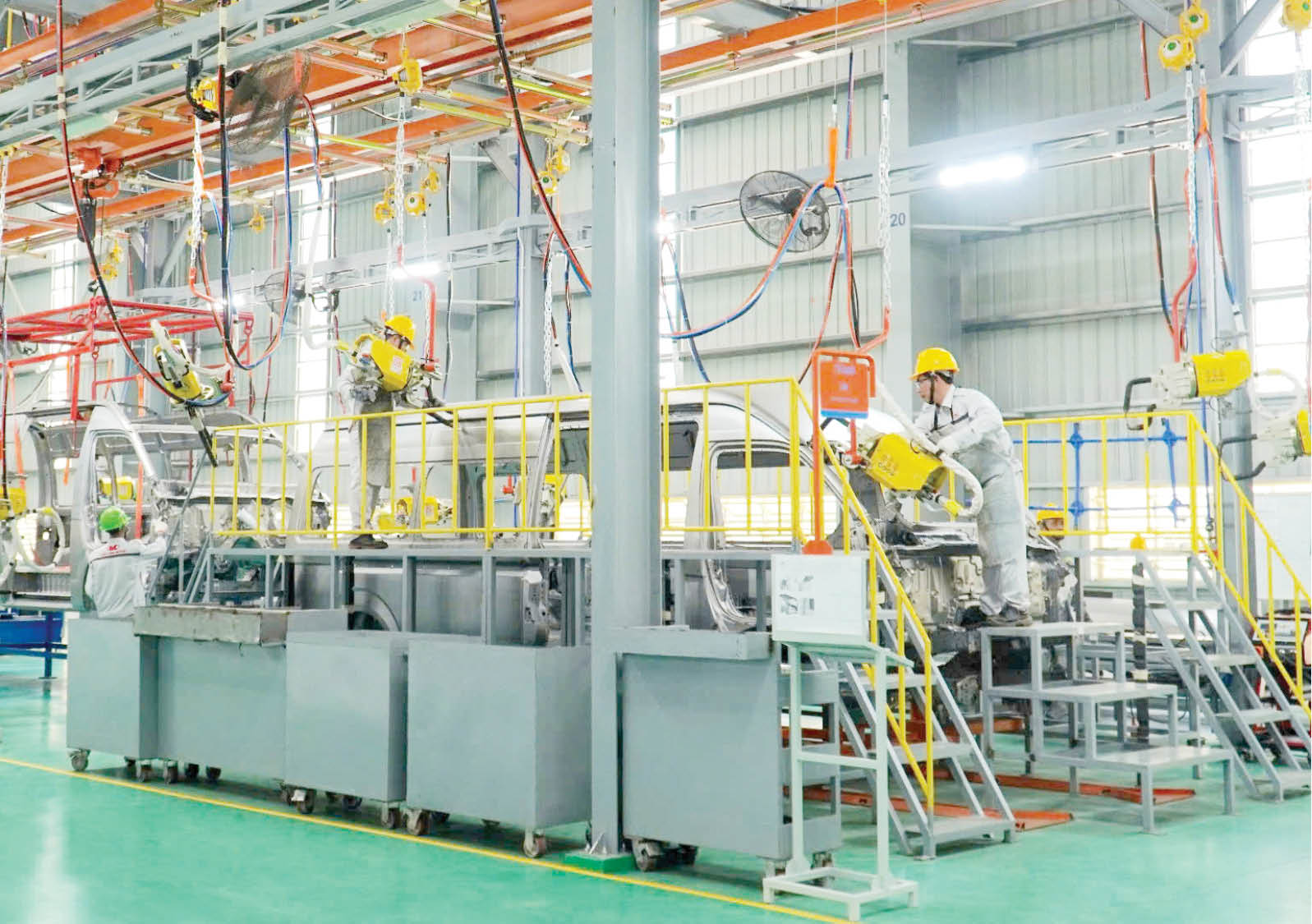 |
| Kim Long Motor Hue is the biggest bright spot in the city's industrial development. |
Expanding development space
The “bottlenecks” that once held back Hue’s urban development space are gradually being removed by a series of large-scale transport infrastructure projects. Nguyen Hoang Bridge connecting the two banks of the Perfume River and Thuan An Seaport Overpass are not only key transport projects, but also have strategic significance in the planning of open urban space development. Along with that, To Huu Street extended to Phu Bai International Airport, Ring Road 3, La Son - Hoa Lien Expressway expanded to 4 lanes and regional connecting axes are shaping the transport network to create development momentum for the city.
The special thing is that this transport system not only serves trade, but also creates space for the development of industry, tourism, logistics and new economic sectors. The routes connecting the duty-free zone with Chan May port, the Tam Giang - Cau Hai West Lagoon route, or the cross-regional axes between urban and rural areas... are strategic "blood vessels", bringing investment resources to development zones, promoting even diffusion.
Vice Chairman of Hue City People's Committee, Mr. Hoang Hai Minh affirmed: "This is a turning point in the city's infrastructure strategy. We are focusing on investing in major driving forces to both facilitate trade and demonstrate our leading role in planning the space for industrial, urban and service development in the future."
Recently, during his visit to the Nguyen Hoang Bridge project, Prime Minister Pham Minh Chinh requested Hue to continue to complete the development planning associated with the Huong River as the central landscape axis. The infrastructure needs to be more synchronous and modern, with special attention paid to park space, trees, walking routes, and environmentally friendly transportation - factors that create the appearance of a green, smart, and livable heritage city.
Not only focusing on transportation, the key program, the city also identifies investment in developing technical infrastructure such as electricity, water supply, and environmental treatment as important pillars. The project to improve the city's water environment will be completed in the fourth quarter of 2025, contributing to the treatment of domestic wastewater and the protection of the urban river system. Along with that are projects to upgrade industrial wastewater treatment plants in industrial parks, expand the clean water supply system for rural areas, and invest in flood drainage in low-lying and downstream areas. In particular, the city is accelerating the progress of large-scale power projects, digital infrastructure, and clean energy conversion, factors considered the "key" to developing in a greener, more economical and sustainable direction in the context of climate change.
Industry transforms from infrastructure
From the synchronously invested infrastructure, the city's industrial production index (IIP) in the first 6 months of 2025 increased by 17.5%, an impressive figure compared to the general level of the whole country. In particular, many key industrial products such as automobiles, gloves, electricity production... grew strongly. On the contrary, some traditional industries such as beer, cement, frozen shrimp decreased slightly, reflecting the ongoing restructuring: Shifting from low-value products to high-value-added industries, with a wider export market and more environmentally friendly.
In particular, many key industrial projects are being implemented as committed. Typically, Kim Long Motor Hue with a total investment of nearly VND 2,614 billion is completing the infrastructure of the automobile manufacturing and assembly complex in Hue, expected to become the "leading bird" of the local high-tech industry.
Another notable milestone is the Prime Minister's approval of the adjustment of the master plan for Chan May - Lang Co Economic Zone until 2045. This is not only a legal basis, but also opens up a development vision for the city's southern strategic economic zone. Currently, infrastructure investment projects such as trunk roads, wastewater treatment plants, seaport breakwaters, etc. are being accelerated, creating a foundation to attract large investors, especially in the fields of seaports, logistics and clean industry.
According to the leader of the City Economic and Industrial Zone Management Board, in addition to large economic and industrial zones such as Phong Dien, Gilimex, La Son... the network of 28 district-level industrial clusters by 2030 will be a fulcrum for the development of small-scale industry and craft villages, and at the same time a solution to relocate polluting production facilities out of residential areas, contributing to more sustainable and harmonious industrial development.
The last months of 2025 are a pivotal time to complete the goals set out in the key program. The City People's Committee also requires that 100% of the public investment capital plan must be disbursed on schedule.
Along with construction, the city also promotes investment, grasps the production situation of enterprises to promptly remove difficulties, support procedures and preferential mechanisms. The implementation of policies to support the relocation of small production facilities into industrial clusters is also being promoted to both free up urban space and increase land use efficiency.
According to the plan, in the last 6 months of the year, Hue aims to attract 3,000 - 4,000 billion VND of new investment capital, industrial revenue is estimated at 25,000 billion VND, and budget contribution is 3,500 billion VND. These figures not only reflect growth expectations, but are also a specific measure of the effectiveness of implementing the key program on infrastructure and industrial development - one of 6 key programs according to Decision No. 01/QD-UBND dated January 1, 2025 of the Hue City People's Committee.
Source: https://huengaynay.vn/kinh-te/dau-tu-ha-tang-nen-tang-cho-phat-trien-ben-vung-156327.html



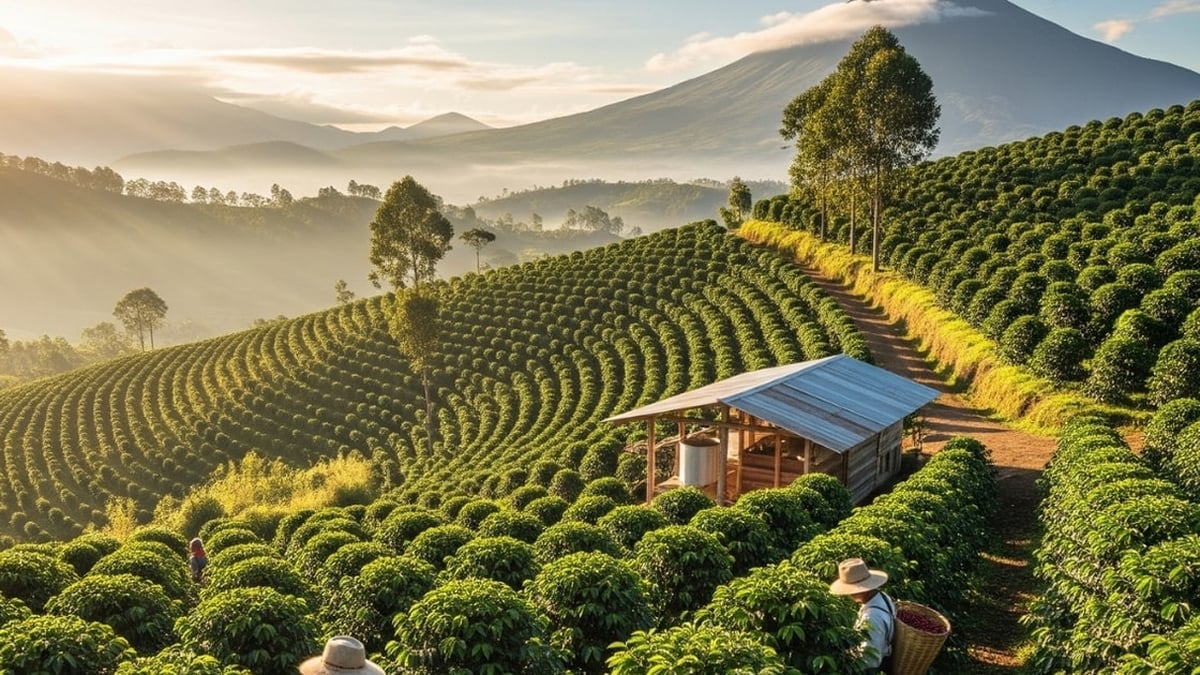
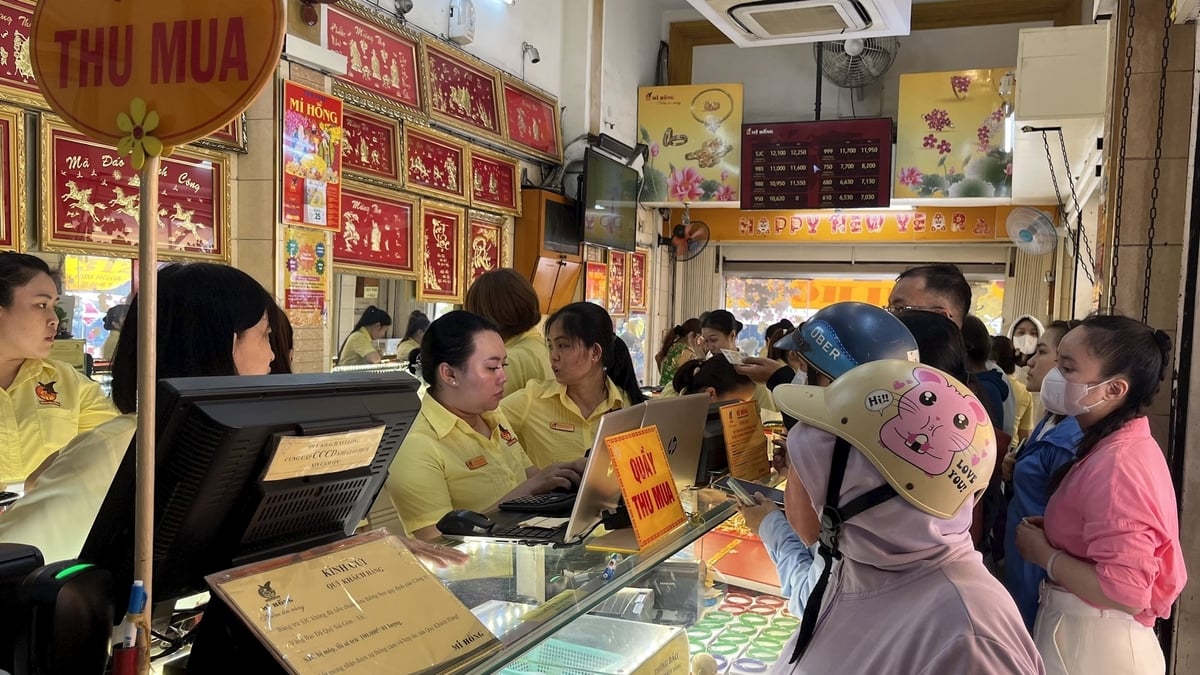
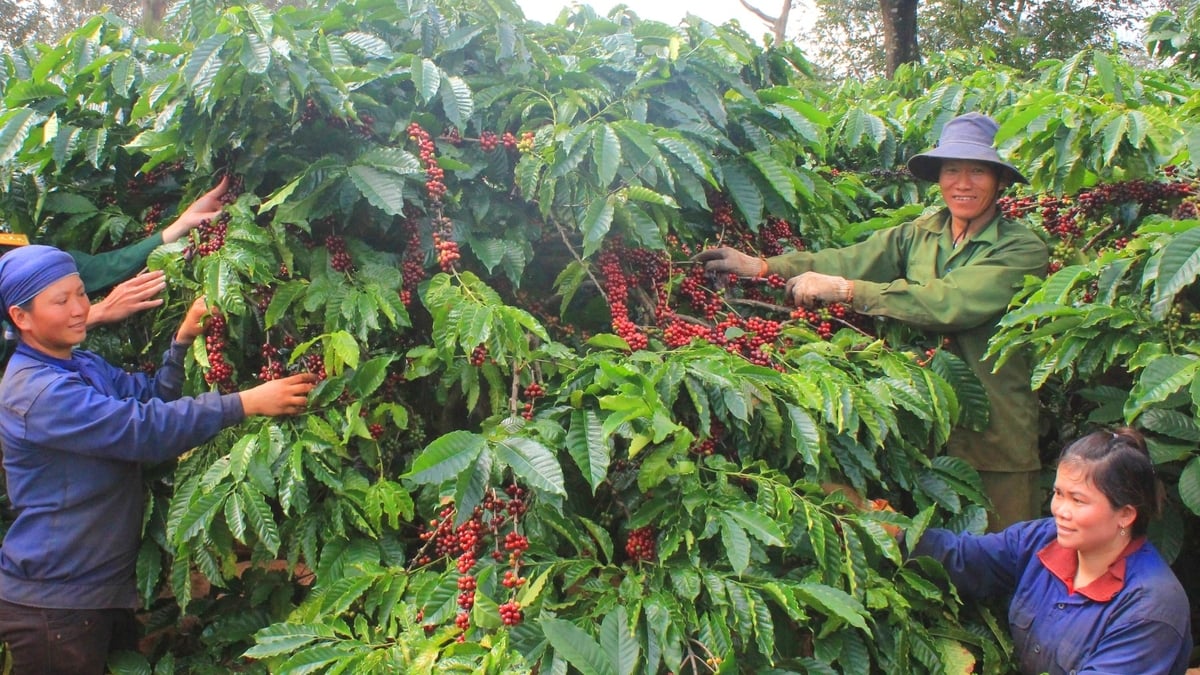
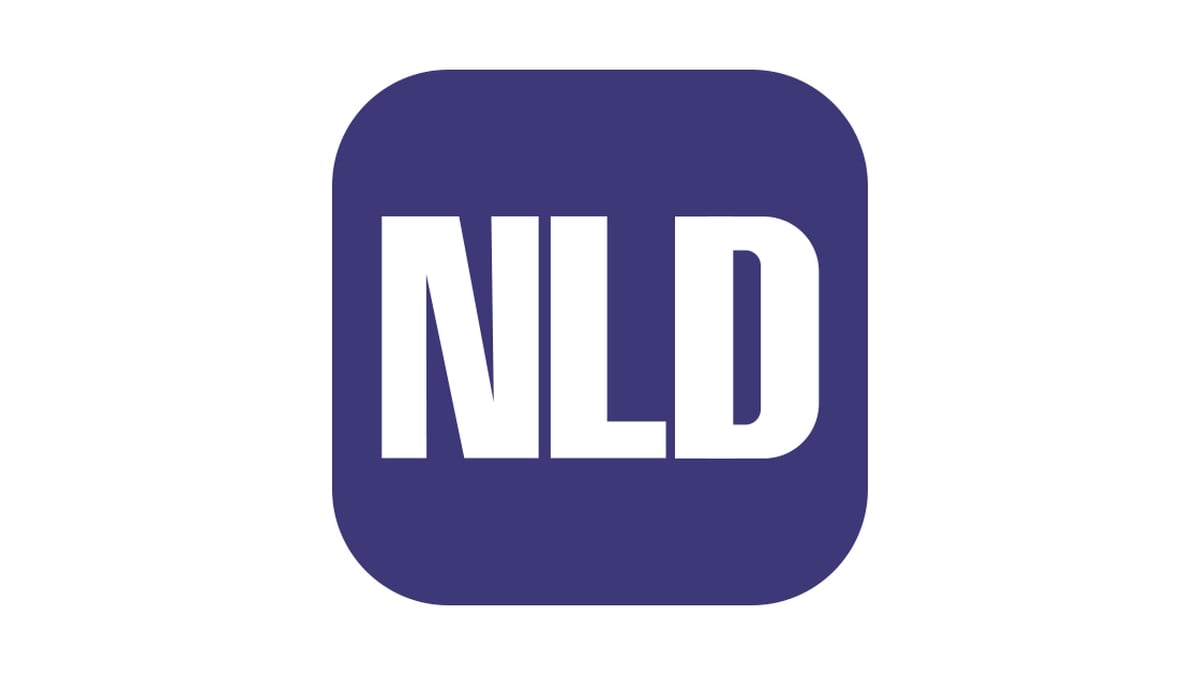

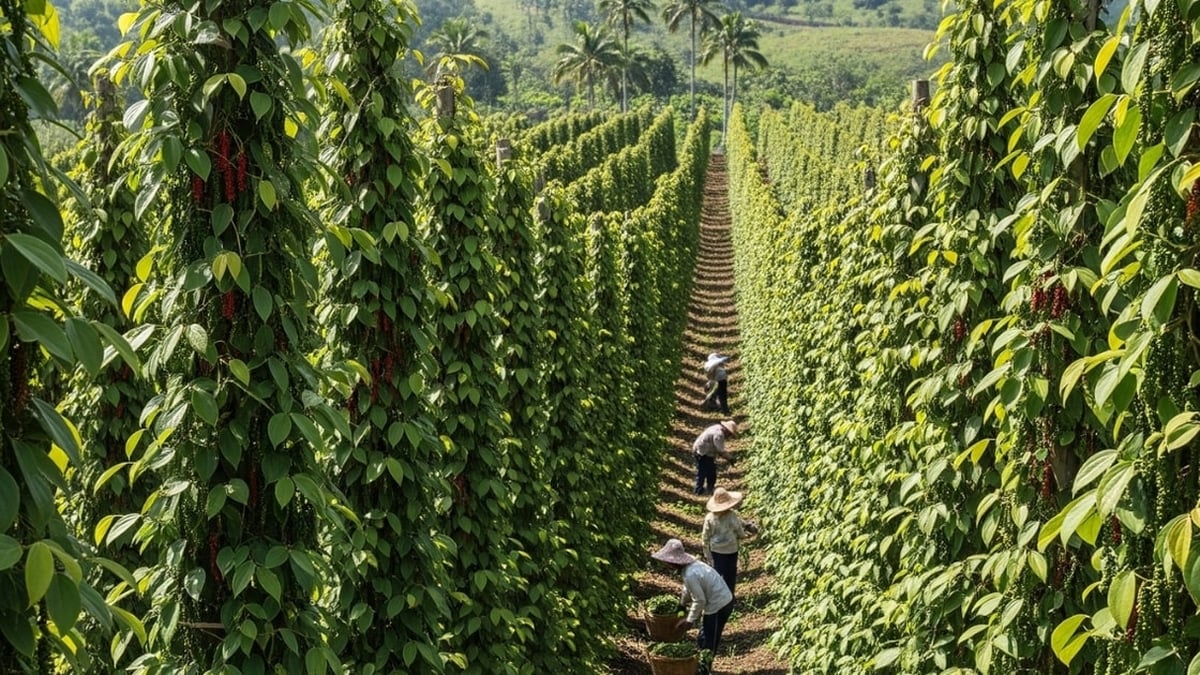
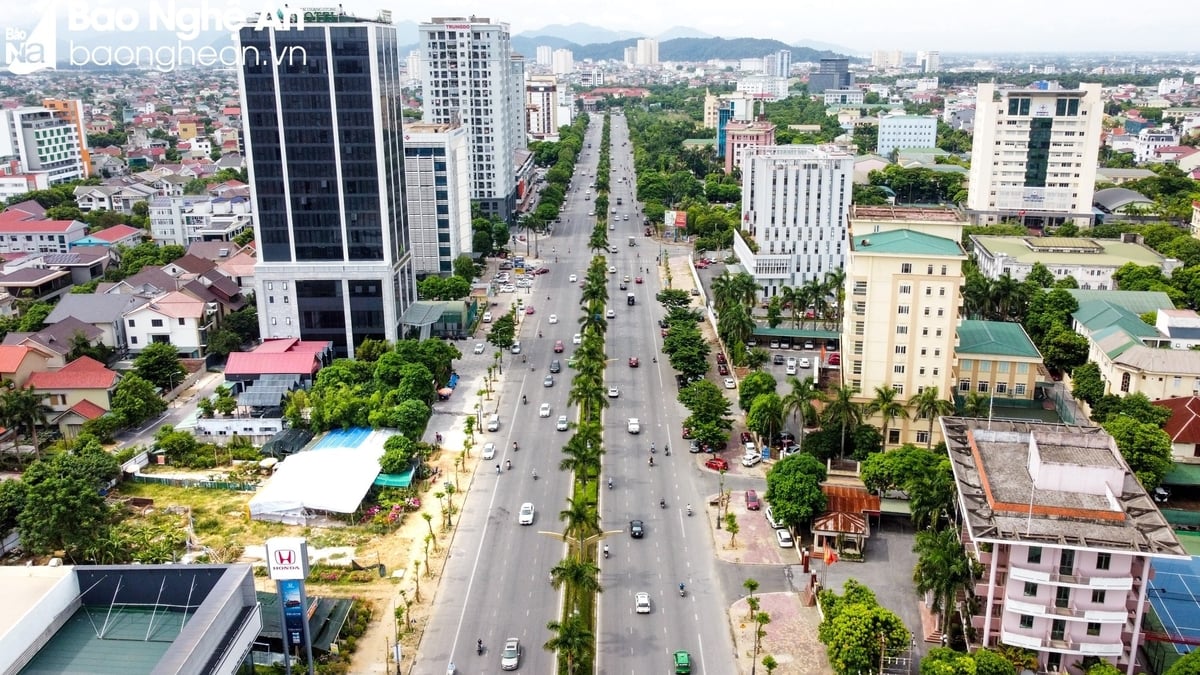

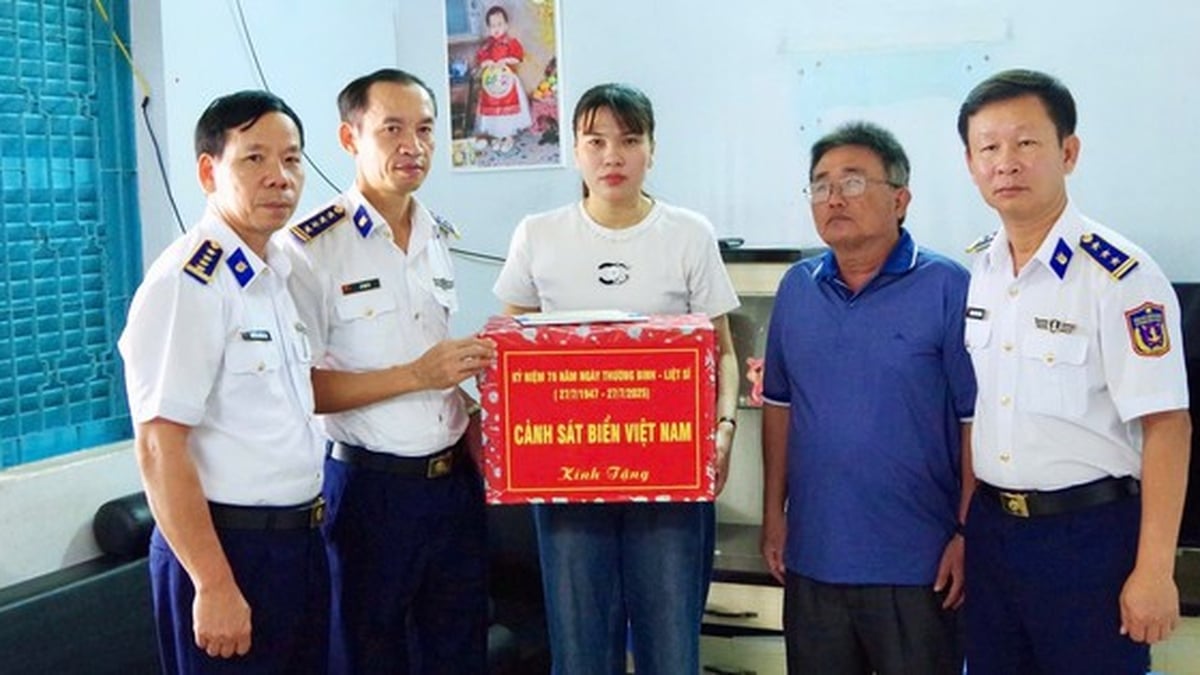























































































Comment (0)